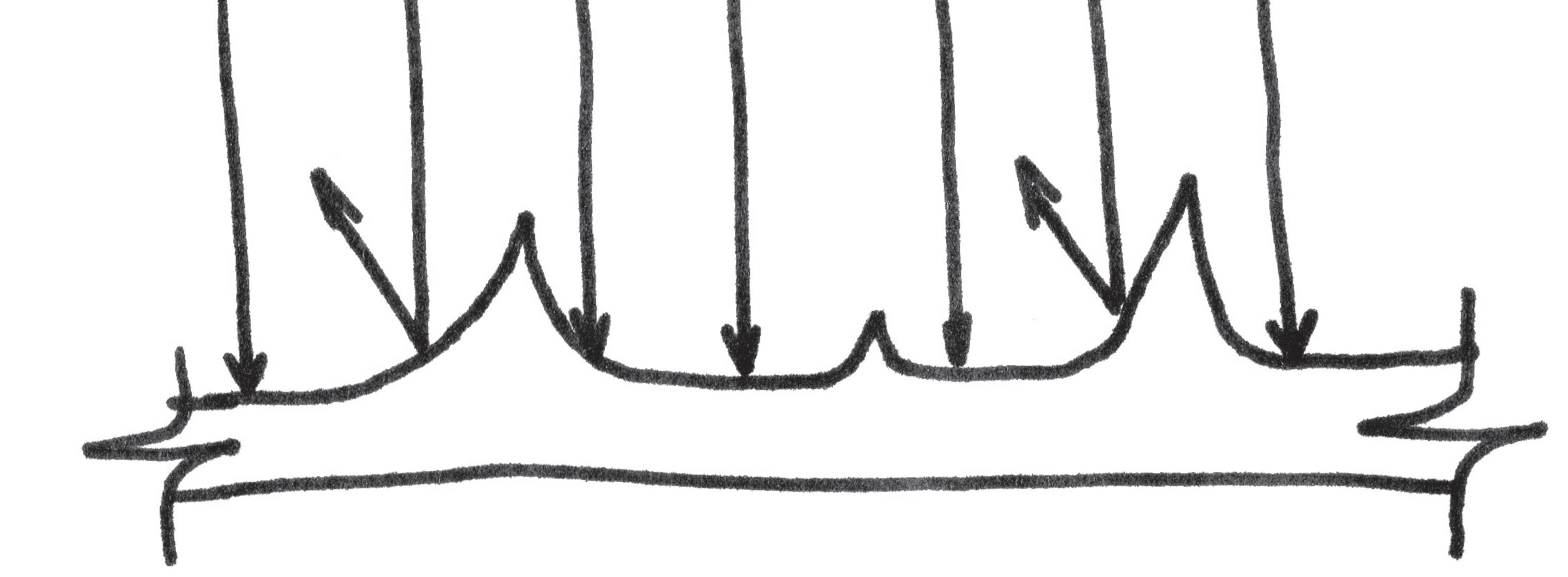
1 minute read
Conclusion
from THE USE OF MATERIALS AND THEIR INFLUENCE ON A SPACE - A precedent study on the Elbphilharmonie
by f_marx
The White Skin The grand hall is quite literally the centrepiece of the Elbphilharmonie. Spanning over multiple floors, it is the biggest single space of the building and the one that attracts the most visitors hosting its own orchestra as well as guest musicians.
As opposed to its little sister, the chamber hall, the grand hall is clad in plaster fibreboards made from a gypsum and paper mix. Although being called white skin, Jacques Herzog describes the surface as biomorph and more similar to that of a crustacean or fossilised shell due to white skin having the negative connotation of dead bodies17. The surface texture is engineered to perfectly diffuse the sound and distribute it throughout the space so that every seat has the same audio experience. Yasuhisa Toyota, the project’s lead audio engineer, also specified the material to have the perfect density and hardness to ensure the right amount of sound is absorbed and the nature of the reflected sound is clear and soft. There are no gaps between the plasterboard panels as to not let any sound escape, which was another
Advertisement
17 Mack, “Die Elbphilharmonie: Hamburgs Neues Wahrzeichen | HD | ARTE | Doku.” requirement for the grand hall as it is situated in close proximity to living spaces.
Historically, musical halls were immensely decorated which not only expressed wealth and grandeur but also helped with the sound diffusion discussed above. This ornamentation has been replaced in the new hall by the wave like surface, a recurring theme in the building.

Fig. 9 Wall Detail, Grand Hall, showing the Diffusion and Reflection at different Cladding Depths, (Author’s own)
11




